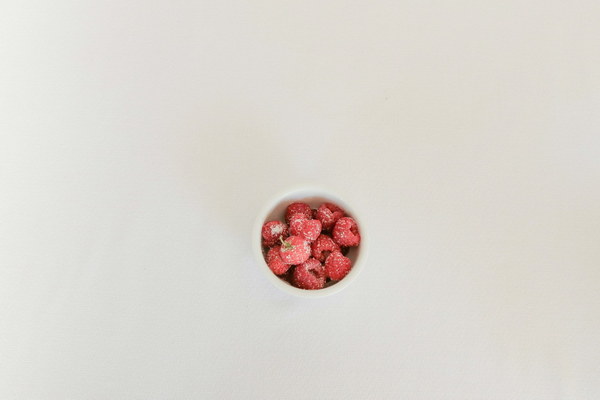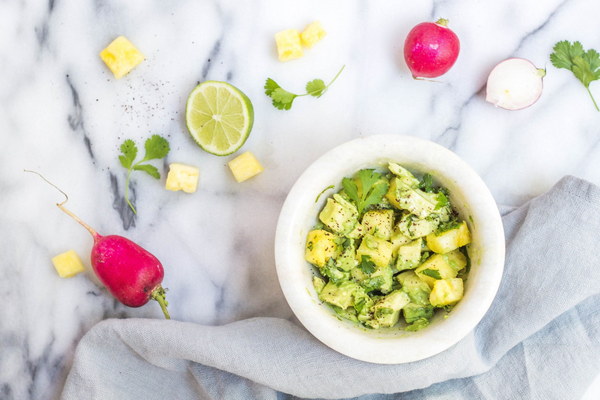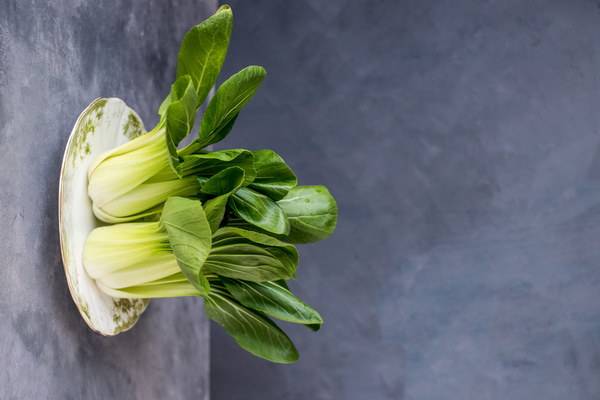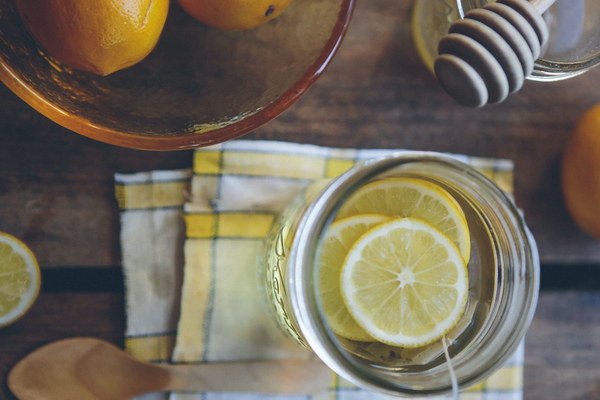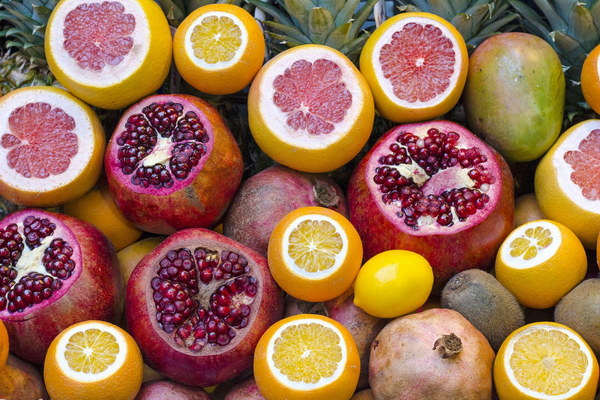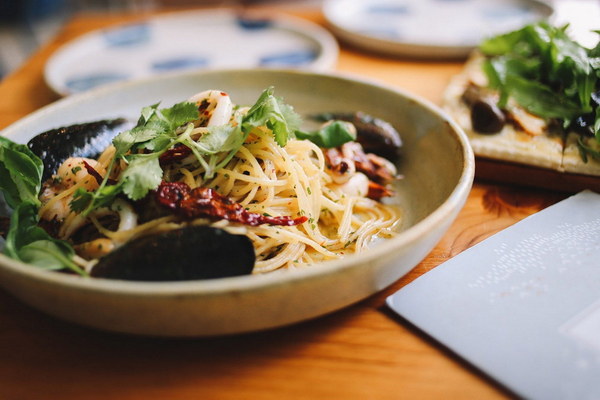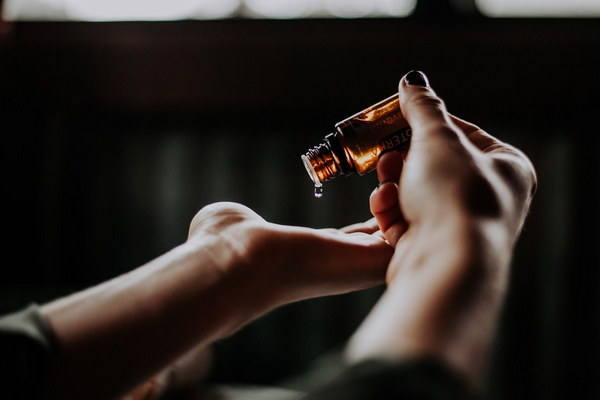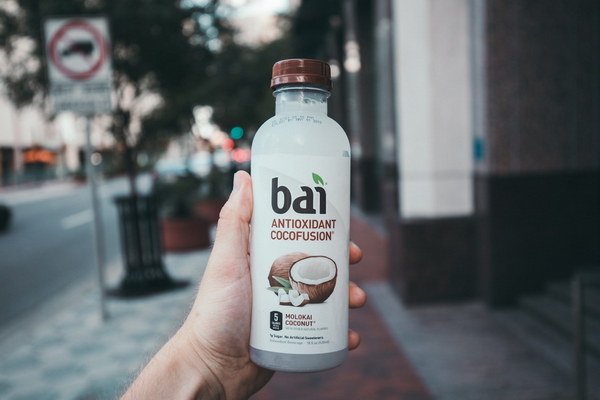A Culinary Journey through Traditional Chinese Medicine Exploring Different Forms of Herbal Nourishment
In the realm of Traditional Chinese Medicine (TCM), herbal nourishment isn't just about treating ailments; it's an art form that aims to balance the body's internal energies, or Qi, and promote overall well-being. There are various forms of herbal nourishment, each with its unique approach to enhancing health and vitality. Let's embark on a culinary journey to explore these different methods.
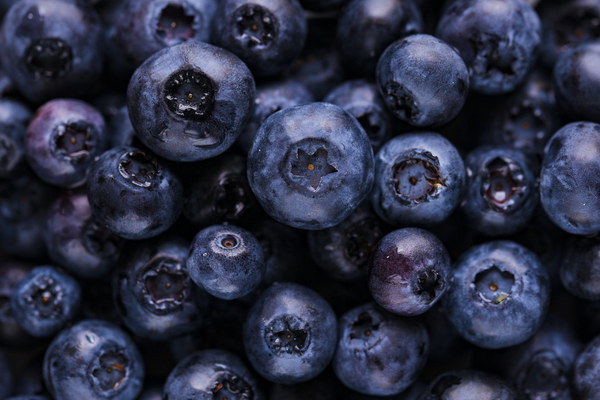
1. Decoction (Soup-like Formulas)
The most common form of herbal nourishment in TCM is decoction. These are soups made from a blend of herbs, roots, and other natural ingredients. They are prepared by simmering the ingredients in water until the medicinal properties are extracted. Decoctions are often taken warm and can be quite potent. An example is the Ginseng and Astragalus Decoction, which is known for its immune-boosting properties.
2. Powders and Granules
For those who prefer a more convenient form of herbal nourishment, powders and granules are a great alternative. These are typically made by drying and grinding the herbs into a fine powder. They can be mixed with water, tea, or other beverages, or simply sprinkled on food. Powders and granules are easy to store and consume, and they are often used for long-term health maintenance. The Healing Powder is a popular choice, combining a variety of herbs to address multiple health concerns.
3. Tonic Teas
Tonic teas are a delightful way to incorporate herbal nourishment into daily life. These teas are made from dried herbs and are often infused with fruits or flowers for added flavor. They can be enjoyed hot or cold and are a great way to unwind after a long day. The Ganoderma Tea is a well-known tonic tea, prized for its rejuvenating and immune-boosting effects.
4. Patents and Tablets
Patents and tablets are pre-formulated herbal remedies that come in pill or tablet form. They are convenient for those who want a standardized dose of specific herbs. These are often used for targeted treatment or for maintaining a particular aspect of health. A classic example is the Healing Pill, which is used to support liver health and reduce stress.
5. Infusions and Extracts
Infusions and extracts are concentrated forms of herbal nourishment. They are made by steeping herbs in water or alcohol, then straining the liquid to remove the plant material. Infusions are typically consumed as teas, while extracts are often taken in small doses. The Echinacea Extract is a popular choice for immune support.
6. Topical Applications
Lastly, TCM also includes topical applications of herbal nourishment. These can be in the form of ointments, balms, or poultices. Topical applications are used for external conditions such as muscle pain, skin irritations, or joint discomfort. The Arthritis Balm is a well-regarded topical preparation that provides relief for joint pain.
In conclusion, the world of herbal nourishment in TCM is vast and varied, offering a plethora of options for individuals seeking to enhance their health and well-being. Whether you prefer the traditional warmth of a decoction, the convenience of a tablet, or the soothing comfort of a topical application, there's an herbal remedy that can suit your needs. Embracing the diverse forms of herbal nourishment not only allows you to experience the rich tapestry of TCM but also opens the door to a world of flavors and wellness.
